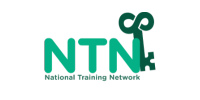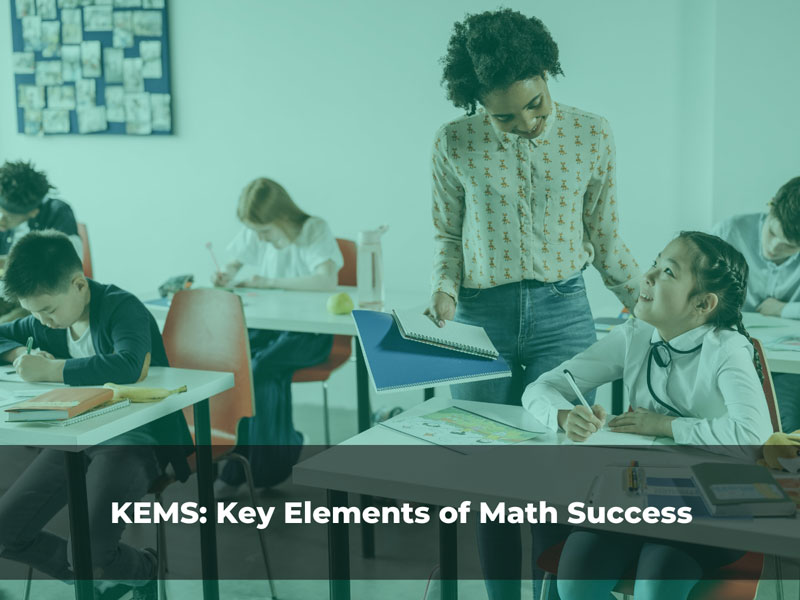Fact Masters

Attributing to student success in higher level mathematics is a student’s fluency of basic facts. Math facts should be known at a level of automaticity. This can be accomplished through building student understanding of the meaning behind the fact. Fact Masters focuses on building the meaning of multiplication through physically building groups of items, representing models pictorially with arrays, and continued daily choral drill of these basic facts.
This lesson has 2 phases:
- Phase 1 – building meaning of multiplication facts from concrete to pictorial to abstract (will take two days to complete this lesson).
- Phase 2 – daily practice techniques and weekly assessments.
Unlocking the Power of Multiplication:
- Multiplication facts are the ABC’s of math
- Note how language will extend to multiplication and division of fractions
- If you are willing to dedicate 3 minutes a day, students will know their facts by winter recess.
- Need to give some meaning behind each fact.
- Learning facts in order does not help.
- Students have the facts imprinted in their brain; they just have problems recalling the facts.
- The recall needs to be automatic. If it takes 5 seconds to remember a fact, that is too long.
- Students should not have to do any calculations to know the answers.
In addition, Robert Marzano states in Classroom Instruction that Works that:
“Students can effectively provide some of their own feedback. We tend to think that providing feedback is something done exclusively by teachers. Research indicates, however, that students can effectively monitor their own progress (see Trammell, Scholoss, & Alper, 1994). Commonly, this takes the form of students’ simply keeping track of their performance as learning occurs (see Lindsley, 1972). For example, students might keep a chart of their accuracy, their speed, or both while learning a new skill. The use of student feedback in the form of self-evaluation has been strongly advocated by researcher Grant Wiggins (1993), and its utility in the classroom demonstrated by classroom teachers (see Countryman & Schreder, 1996).”
To reach us directly please use the information below:
Wendy Maldonado
w.maldonado@ntnmath.com




